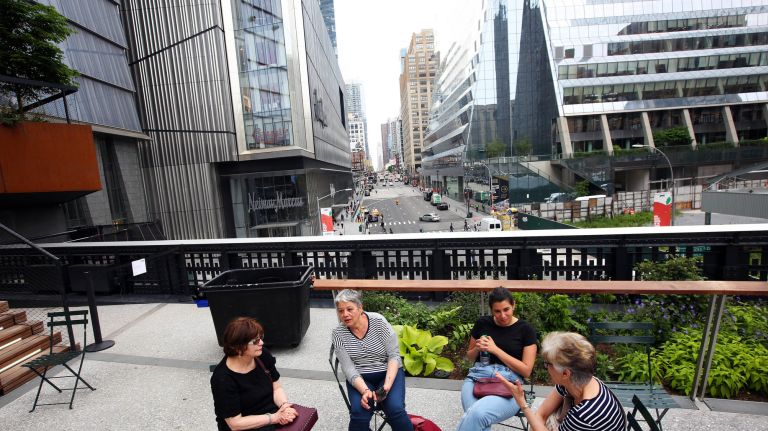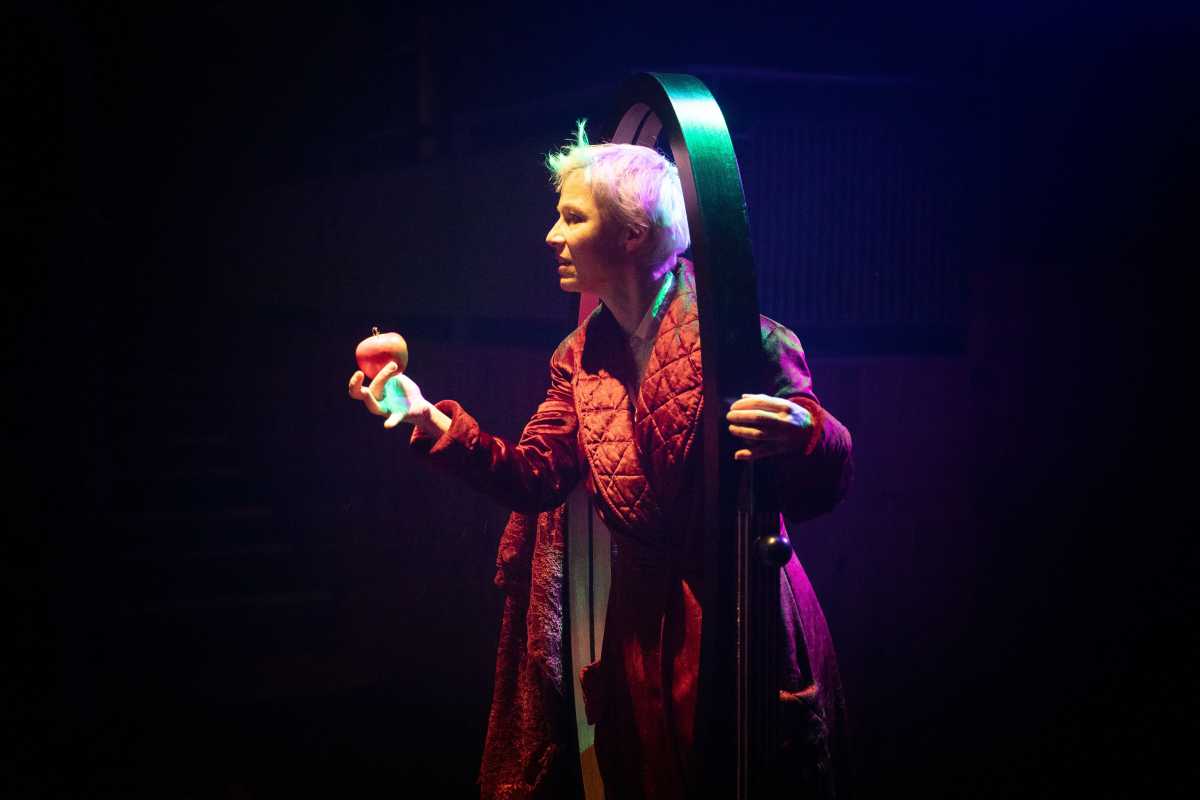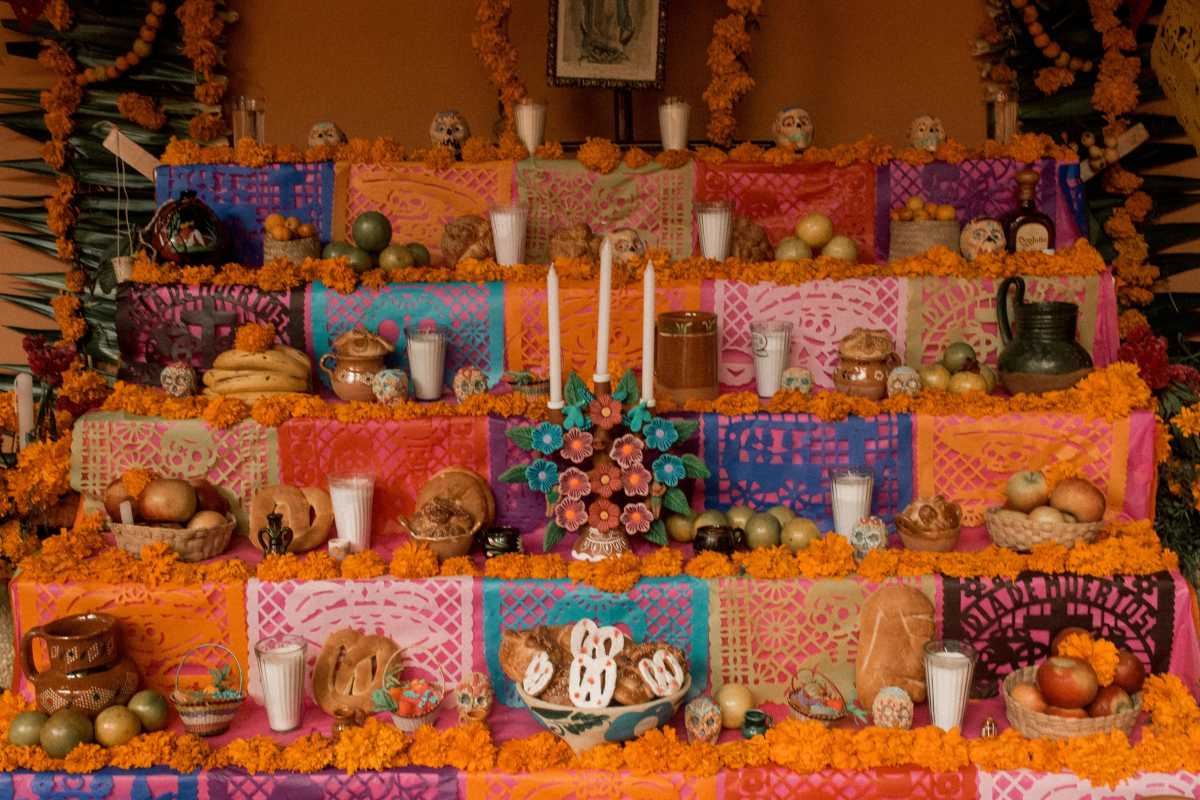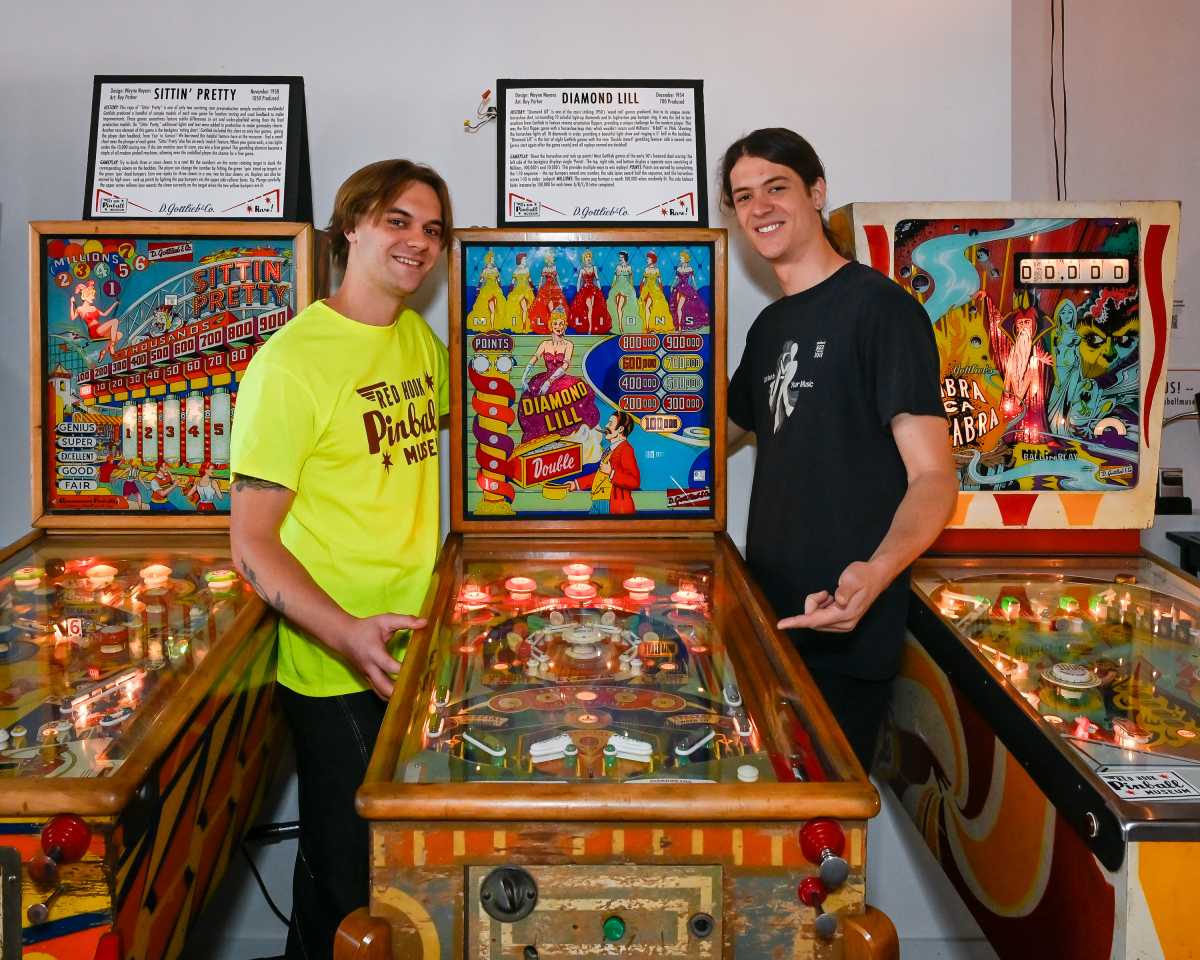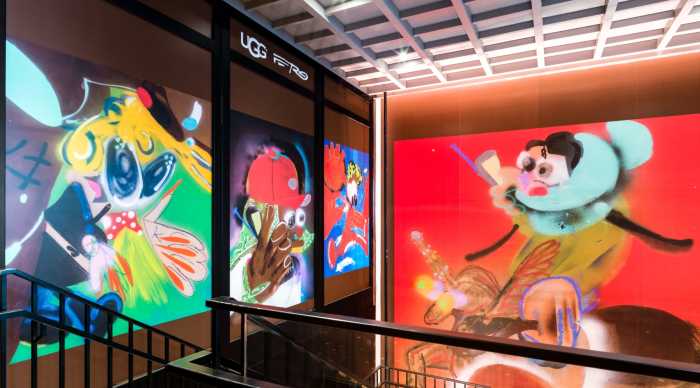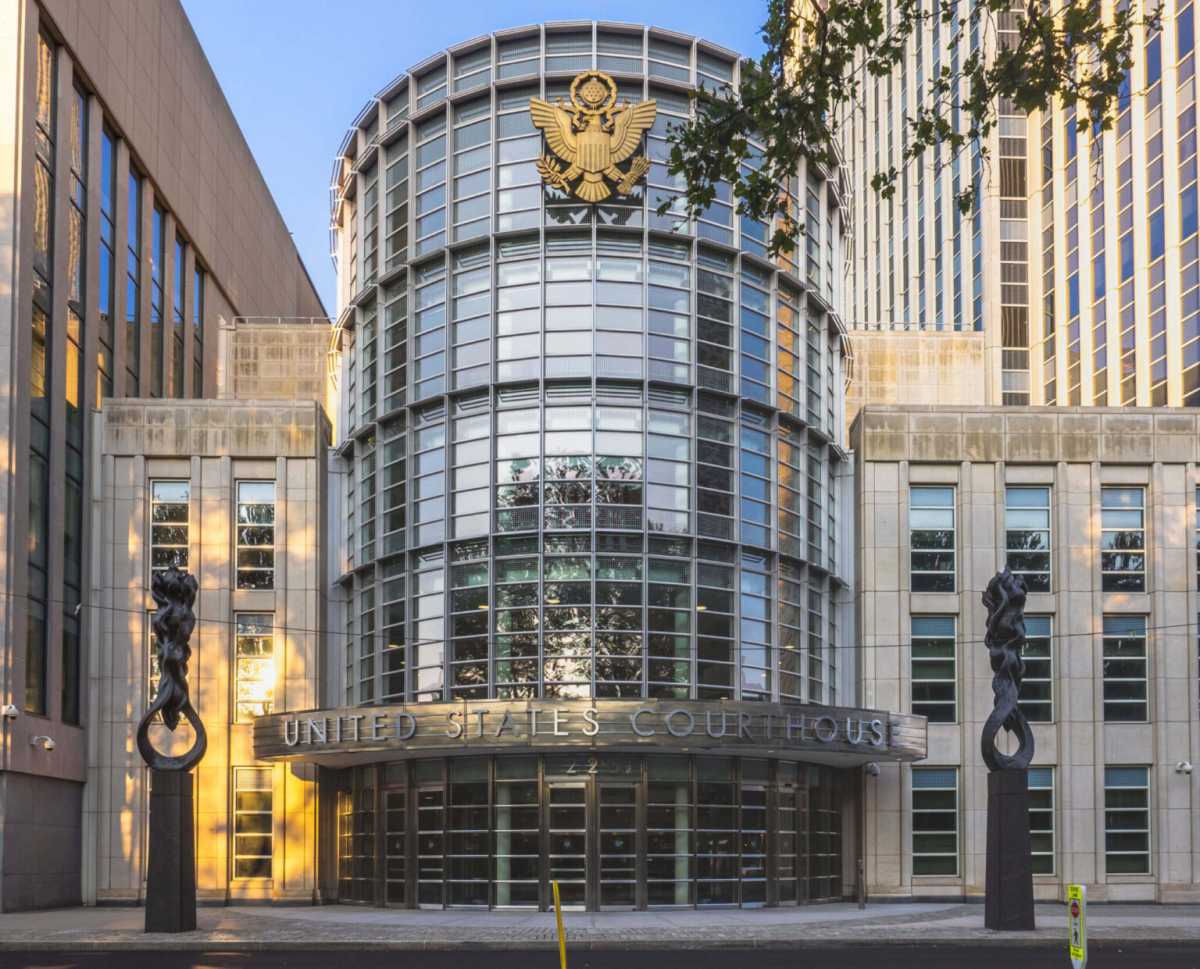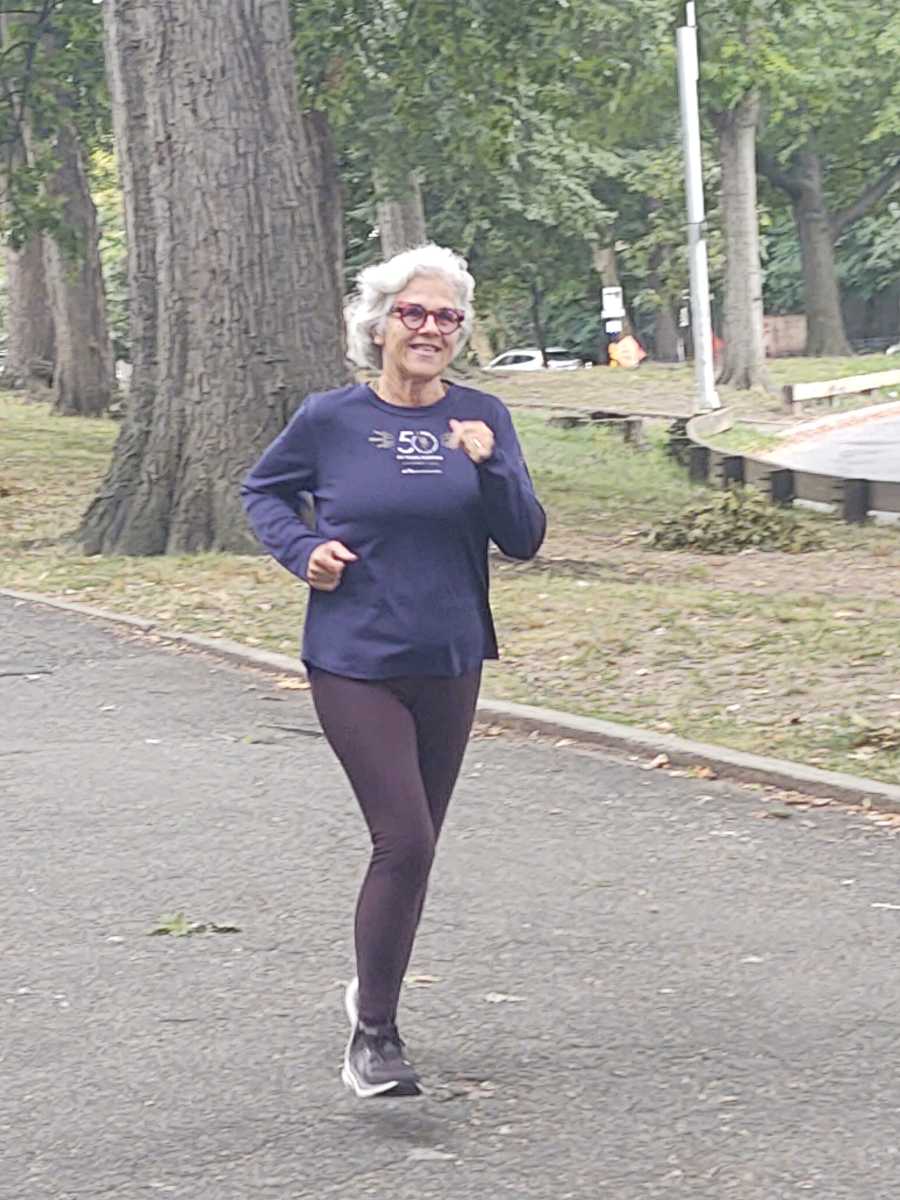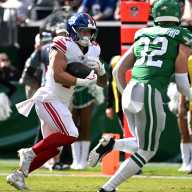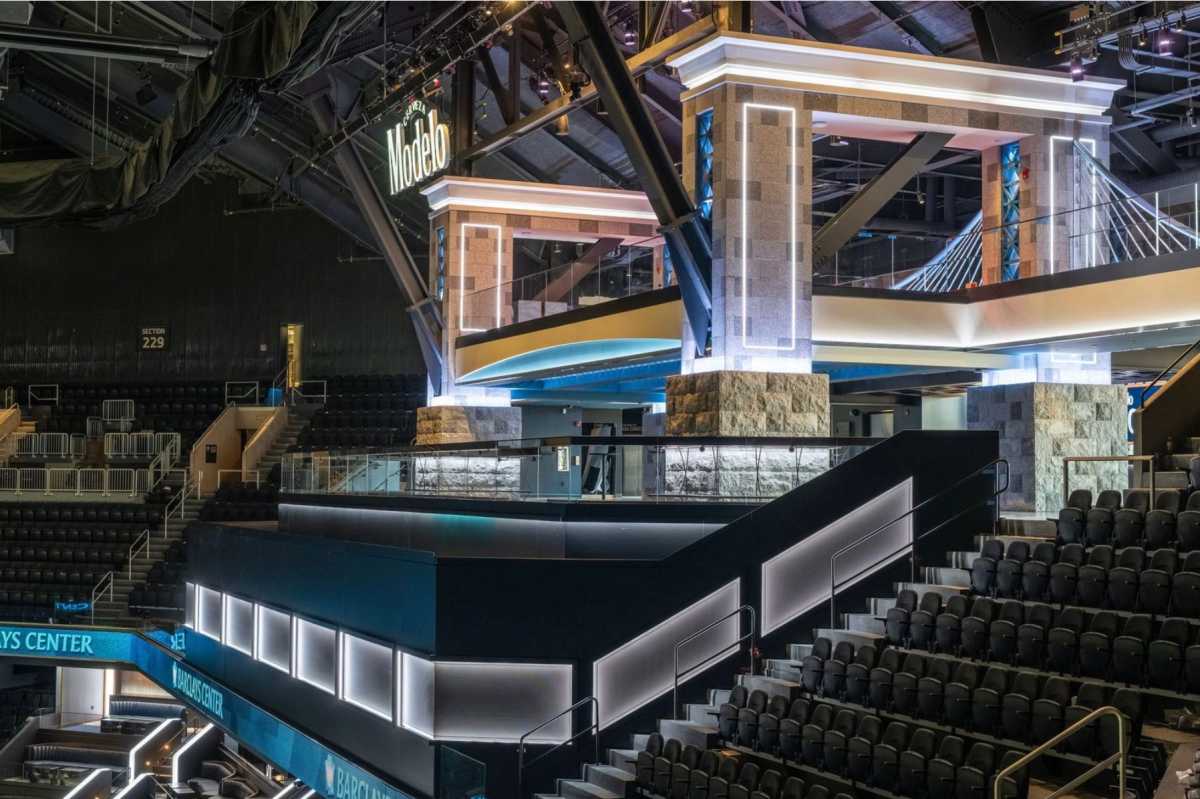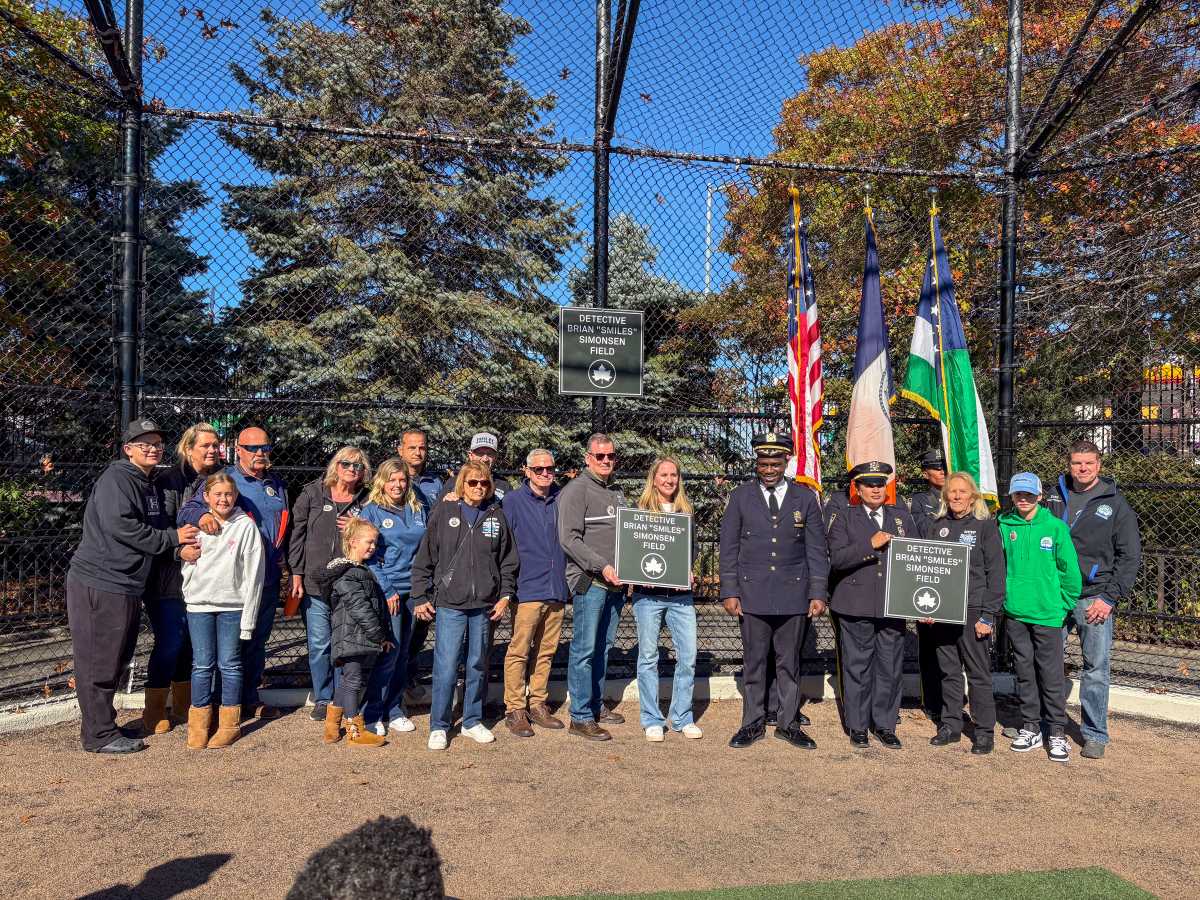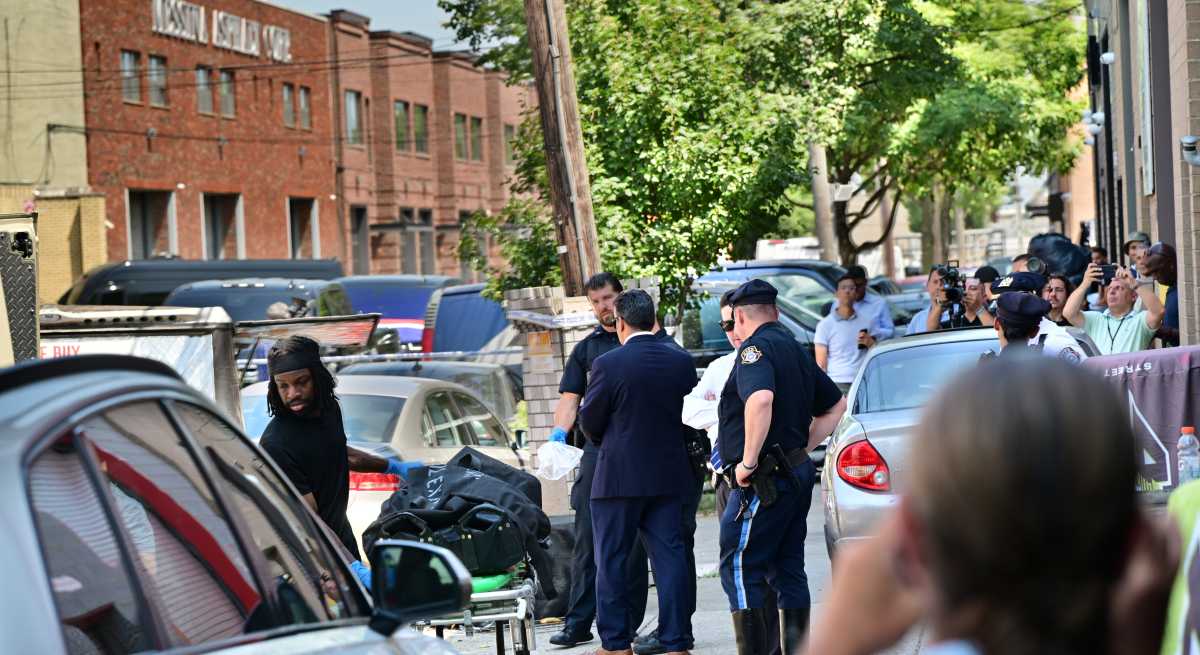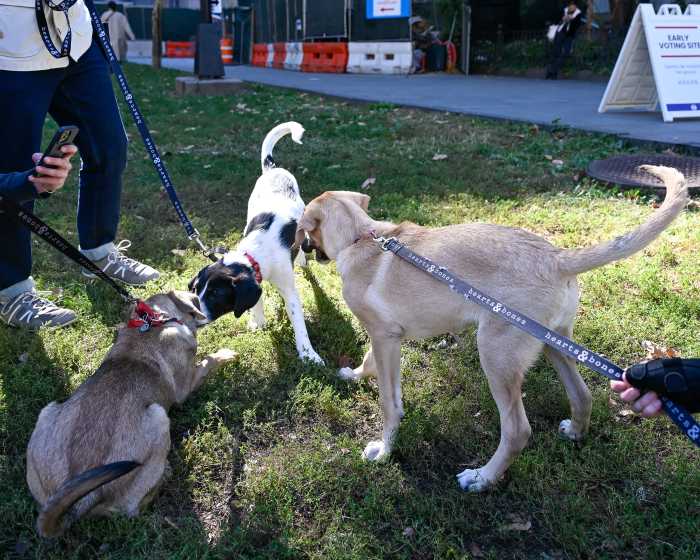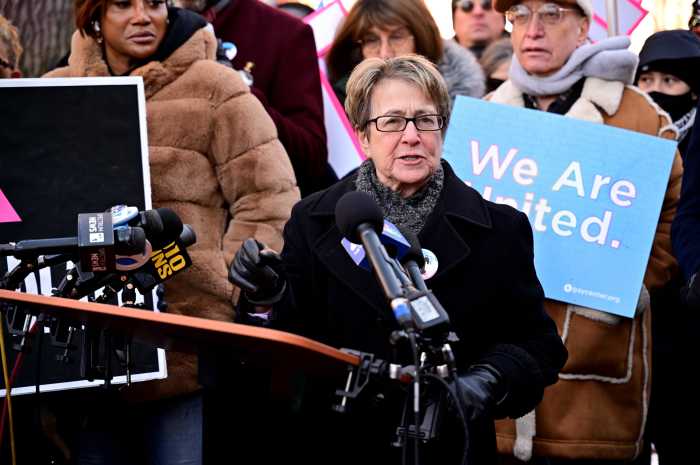
For the past 10 years, the High Line has been inching northward, opening a wealth of public space and gardens on Manhattan’s west side, but expansion comes to a halt this summer.
The third and last leg of the High Line, dubbed The Spur, opened on Wednesday.
The Spur, at the intersections of 10th Avenue and 30th Street, carries the same oasis-in-the-city vibe as the rest of the High Line, but there are some remarkable differences: Not only does it have panoramic views of up and down 10th Avenue and 30th Street and a jaw-dropping glimpse of the towering skyscrapers next to it, it also has the largest gardens in the park, 60-foot-tall cathedral ceilings in the Coach Passage entranceway, open space for expanded public programming, and the Plinth — a space for showcasing artwork.

In a behind-the-scenes tour of The Spur this spring with Robert Hammond, the High Line’s co-founder and executive director, it was revealed that the new space was originally an extension that connected with the U.S. Postal Service’s Morgan Processing and Distribution Center, which still stands. It and the rail were built at the same time so that freight trains could carry mail to and from the upper-floor loading docks of the building.
This particular section will have the biggest trees in the entire park in what is called "The Tilt."
Once they leaf and grow, the trees will create a canopy over the walkway, which is called "The Threshold," between the Coach Passage and the open gathering space with seating (pictured above).
The Tilt, because it slopes upward over a hidden public restroom, offers more space for soil — double the 12-inch beds elsewhere on the High Line — and therefore more space for trees and their roots.
From the Coach Passage, which is tucked within the facade of the 10 Hudson Yards office building, visitors will see the greenery as they stroll around, sit on the high-back benches or stand on an overhanging lookout over 30th Street.
Once visitors pass through the tunnel-like walkway of The Tilt, there is ample teak-wood seating called "The Stairs," which will double as a staging area during some performances. There, sunbathers, lunch breakers, parkgoers and everyone in between can take in the "art" of the traffic below and around them, Hammond said.

"Up there, there’s a beauty to the headlights — the traffic almost becomes a ballet — and it’s the perfect place to watch," he said. "Most parks are built to make you feel like you’re escaping the city, but this is part of the city. You see, hear and smell the traffic in and around the buildings."
The dance of traffic won’t be the only thing to watch. The High Line is planning a full schedule of events like salsa nights, "Out of Line," which is an avant-garde program, teen nights, art performances and more.
"The open space is like the lungs of the High Line, where people can gather and enjoy art over 10th Avenue," Hammond said.
"The Plinth," a column or base within the space, will showcase art that will rotate every 18 months, beginning with Simone Leigh’s "Brick House."
The 16-foot-tall bronze sculpture is of a black woman whose skirt looks like a clay house, which was inspired by the architecture of West Africa and of the American South.
It will be craned into The Spur this spring and peer down upon those passing by and will be a highly visible example of black female representation — challenging surrounding aesthetics and forcing viewers to reflect on how they reflect our values, customs, priorities and more, according to the High Line.
Right now, about 60 to 70 percent of the people who provide programming and art for the High Line are people of color, 50 percent of whom are women from different countries and 90 percent are New Yorkers, Hammond said.
That’s a big priority for Hammond and his staff because they see the park’s responsibility as providing social and cultural benefits to everyone, regardless of race and class, Hammond said.

"This is a pivotal time of ‘what are we about looking forward?’" he said. "The first years were about designing and building, and I think the future is much more people-centric. How we do that is through programs and through the art and thinking about how to make people feel welcome."
It was 20 years ago that Hammond and his co-founder Josh David began lobbying the city to save the train tracks, which had fallen into disrepair and were slated for demolition after train service declined and stopped in the early 1980s. Ten years later in 2009, the first section of the park opened from Gansevoort to 20th streets.
"This is a milestone year for us," Hammond said. "In some ways, we’re like a 20-year-old. A 20-year-old looks fully grown, but a 20-year-old can go in a lot of directions. Our most important work really begins now. To reach our full potential we have to think of the social, cultural and economic benefits and how we share those more widely."
The Spur will be open until 11 p.m. Hammond suggests New Yorkers visit at night because it is less crowded with tourists and the nighttime offers a different but beautiful perspective.



